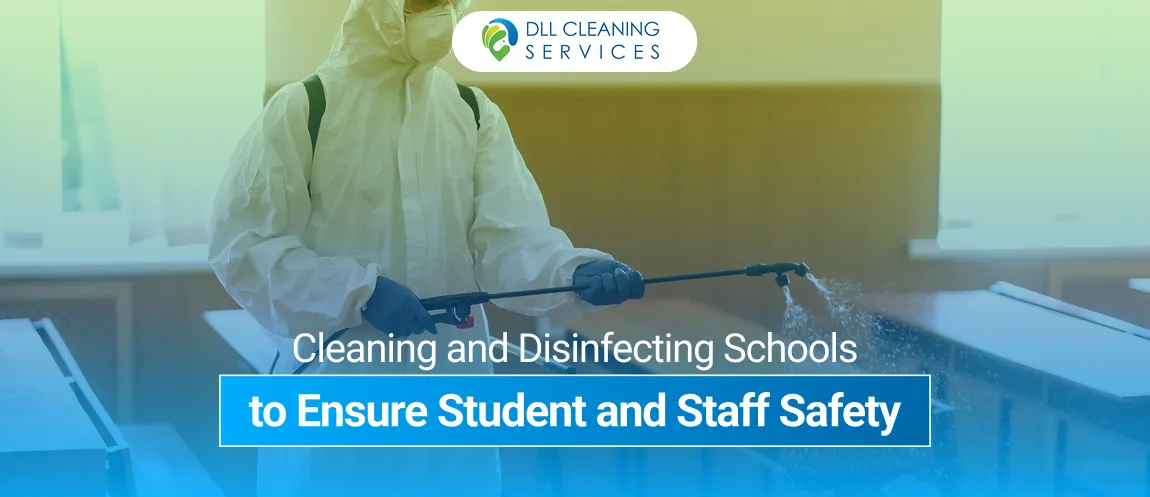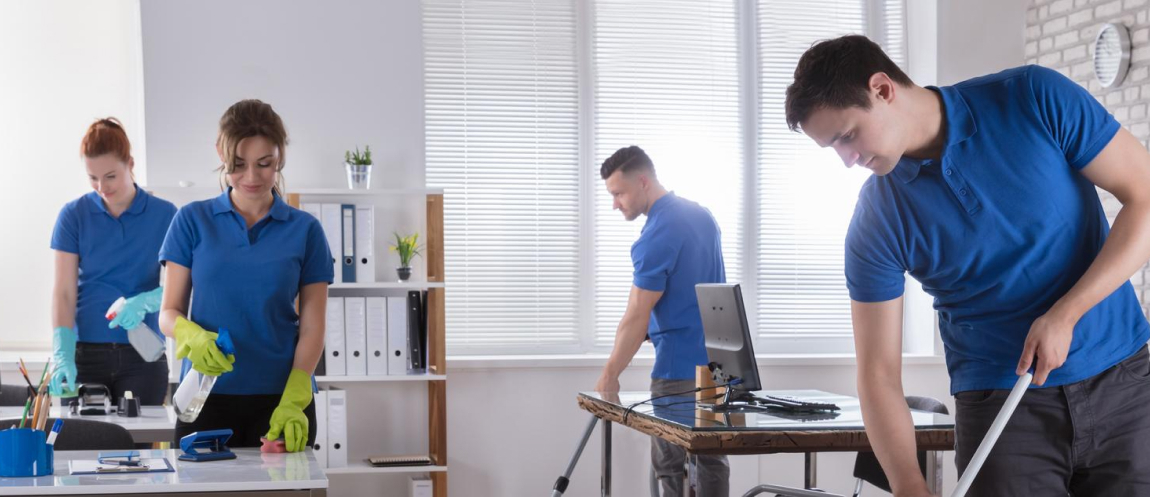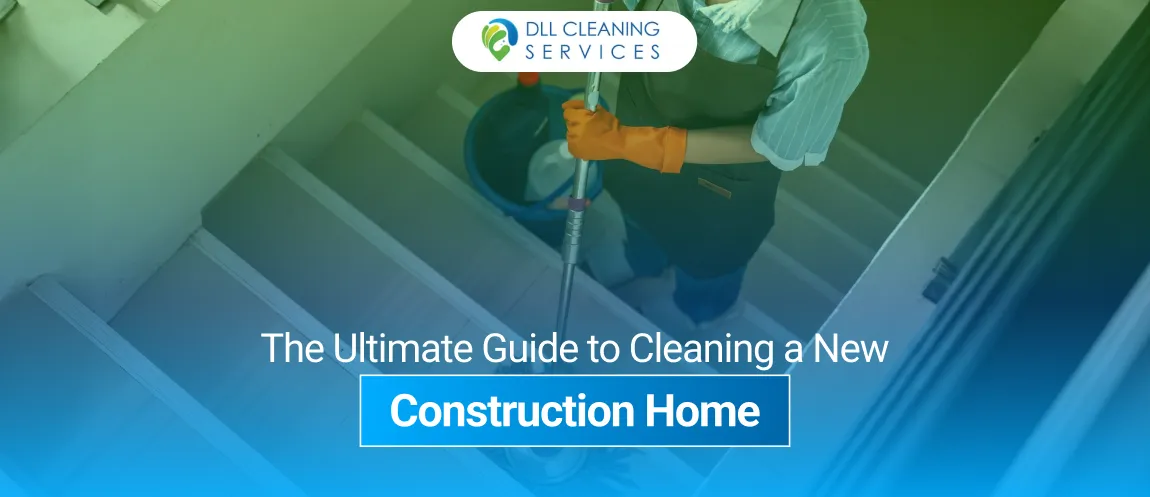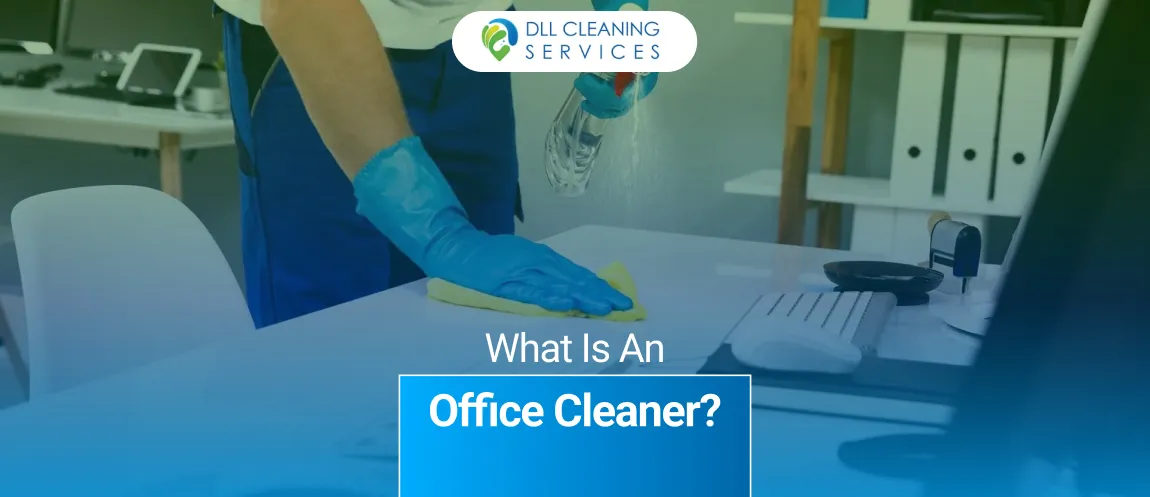Regular cleaning and disinfecting schools are crucial for preventing infectious diseases in school. With COVID-19 looming, there is a heavier focus on school cleaning and disinfecting so that kids can return to school safely. Even when schools appear to be clean, microscopic germs can be hidden.
Bacteria, viruses, fungi, and parasites are pathogenic microbes that can cause disease and infection.
COVID-19 is almost twice as contagious as the flu for students and adults. Depending on the temperature, humidity, and surface, the virus can live on various surfaces between three hours and four days.
As educational leaders are being proactive about school campus cleaning to reduce the impact of the pandemic.
Cleaning, Disinfecting, and Sanitizing: What’s the Difference?
People use the words cleaning, disinfecting, and sanitizing interchangeably, but they have different meanings.
- Cleaning involves scrubbing with soap and water to remove dirt, dust, and other impurities. Cleaning doesn’t kill all germs, but it helps to reduce the spread of infection by removing them from surfaces.
- Disinfecting uses chemicals to actually kill germs. It may or may not clean surfaces or remove germs, but it works with the cleaning process by killing germs on surfaces after cleaning to lower the risks of the spread of infection.
- Sanitizing reduces the number of germs on surfaces that public health agencies deem to be safe. Cleaning and disinfecting are the same as sanitizing.
Ways to Decrease Risk of the Spread of Infection
The following three ways will help decrease the spread of infection:
- Good personal hygiene
- Regular cleaning procedures
- Proper disinfecting and sanitizing procedures
The importance of washing your hands often
The CDC recommends that school staff, students, and visitors all practice good personal hygiene, including washing hands for at least 20 seconds, coughing into your elbow, and maintaining social distancing. Maintaining a clean environment is crucial to support these practices. Partnering with a professional cleaning service New York can help ensure that educational facilities remain sanitary, reducing the spread of germs and creating a safer space for everyone.
Regular Cleaning Procedures
Most pathogenic microbes thrive and multiply on areas where there are dust and moisture. Germs can’t live long on clean, dry surfaces. Cleaning and drying surfaces in connection with a comprehensive cleaning plan is a good first step in preventing the spread of germs. Cleaning products used in schools should have fewer toxins than for other settings. If you use new technology like the use of microfiber cleaning cloths and mop pads you may be able to remove 99.9% of microbes according to the EPA.
Proper Disinfection and Sanitation Procedures
Follow these six steps for school cleaning.
- Wash all surfaces using an all-purpose cleaner and a microfiber cleaning cloth.
- Rinse and wipe down surfaces.
- After cleaning each surface, rinse the cloth in clean water.
- Move to the next surface and reapply the cleaning solution.
- When finished cleaning, rinse out the microfiber cloths and hang them up for drying or leave them for the janitors.
- Reapply the cleaning solution and repeat the steps for other purposes.
Use an all-purpose cleaning product and a microfiber cleaning cloth to wipe down all shared desks, worktables, and computer keyboard surfaces, including the keyboards themselves. It’s recommended that the school install keyboard covers, as they are easier to clean and maintain. Most school surfaces should be cleaned daily, and in the event of an outbreak, cleaning in between uses is essential. Non-shared workspaces can be cleaned as needed.
For cleaning school cafeteria tables, use a cleaning product that not only removes dirt and allergens but also pairs well with a high-quality microfiber cloth. These surfaces should be cleaned between learning sessions to ensure a hygienic dining environment.
To ensure these practices are consistently followed and to maintain a healthy school environment, consider partnering with the best cleaning services NYC. These professionals bring expertise, quality products, and thorough cleaning protocols to help keep your school safe and clean.
Use an all-purpose cleaning product and microfiber cloth daily to these surfaces:
- Phones
- Light fixtures
- Stair railings
- Doorknobs
- Push bars
- Elevator buttons
- Water fountains
Schedule extra public or private school cleaning services in between classes during outbreaks of flu or other illnesses.
By using microfiber mops and neutral cleaning products every day in schools, you can remove dirt, gravel, and salt on floors and in hallways that gets tracked in from outdoors.
Cleaning Products Used in Schools
Schools should use a variety of cleaning products including detergent, disinfectant, diluted bleach solutions, or alcohol solutions with at least 70% alcohol. See this link for disinfectants for SARS and COVID.
Why It’s Important to Clean Schools
A clean school is a healthy school where staff and students are safe. Educational leaders have many challenges right now and keep their schools clean relieves one of their burdens so they can focus on other issues that are more difficult to address. Clean schools promote positivity and good attitudes. Cleanliness in schools also goes a long way to prevent sicknesses within the greater community. Commercial cleaning services is a must now!
It’s vital to follow the CDC’s rules to stop the spread of COVID-19 in schools. Leave your cleaning needs to DLL Cleaning Services which has the expertise of using CDC protocols.
Ready for a spotless space? Contact us today for a free quote and discover the DLL Cleaning Services difference!





